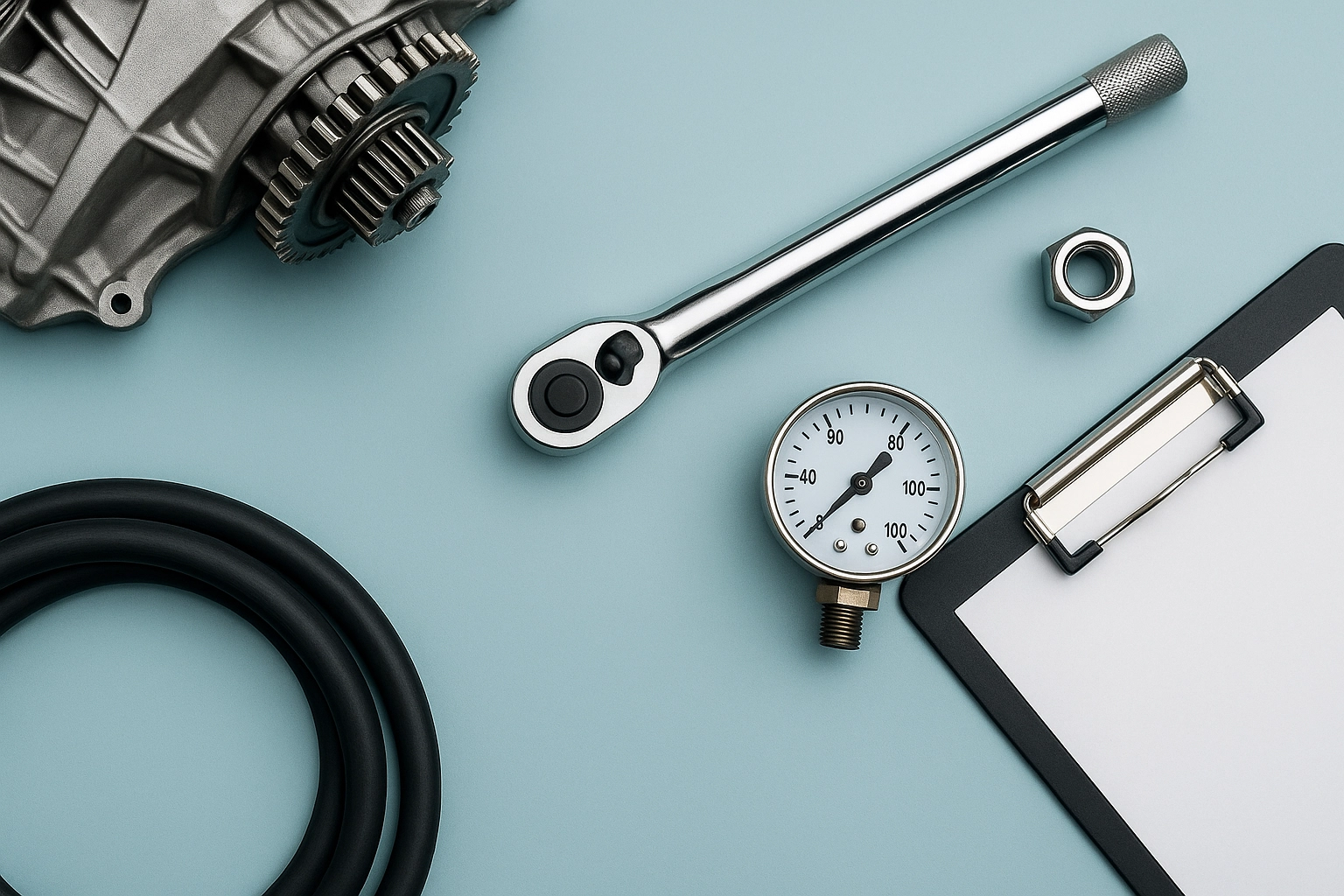SAE J3141 Turbocharger Cooling System Efficiency Test
The SAE J3141 standard provides a framework to evaluate and improve the cooling efficiency of turbochargers used in automotive engines. This test is crucial for ensuring that the cooling system performs optimally, thereby enhancing fuel economy, reducing emissions, and improving overall engine performance.
Turbocharger cooling systems play a pivotal role in managing heat within an internal combustion engine by dissipating excess heat to ambient air or coolant. The SAE J3141 test specifically targets the efficiency of this process, ensuring that the system operates as intended under various conditions. This is especially important for high-performance engines and those operating in extreme environments.
The testing procedure involves a series of controlled experiments designed to simulate real-world driving scenarios. These tests help identify any inefficiencies or potential failures in the cooling system early on, allowing manufacturers to make necessary adjustments before product release. The standard covers both laboratory and field testing methodologies, ensuring comprehensive evaluation under diverse conditions.
Key parameters measured during this test include heat transfer rates, air flow rates, and temperature differentials between inlet and outlet of the cooling system. These metrics are compared against specified thresholds outlined in SAE J3141 to determine compliance with industry standards and best practices. Compliance ensures that products meet stringent regulatory requirements and deliver superior performance.
Manufacturers benefit significantly from conducting this test as it provides valuable insights into how their designs perform across different operating conditions. By adhering to the SAE J3141 standard, companies can enhance product reliability, reduce warranty claims, and improve customer satisfaction. Additionally, such rigorous testing contributes positively towards environmental sustainability goals by promoting more efficient use of resources.
The SAE J3141 test is not just beneficial for automotive manufacturers but also relevant to suppliers who provide components essential for proper functioning of turbocharger cooling systems. By understanding the requirements set forth in this standard, these suppliers can optimize their product design and production processes accordingly.
Why Choose This Test
- The SAE J3141 test ensures optimal performance of turbocharger cooling systems which directly impacts fuel economy and emission levels.
- This comprehensive evaluation helps manufacturers identify inefficiencies early in the development cycle, reducing costs associated with post-release issues.
- Compliance with this standard guarantees adherence to international regulations while enhancing brand reputation through superior product quality.
The SAE J3141 cooling system efficiency test is essential for any organization involved in automotive engineering or component supply. It provides a robust methodology for assessing the performance of turbocharger cooling systems, ensuring they meet stringent industry standards and contribute to environmental sustainability efforts.
Environmental and Sustainability Contributions
The SAE J3141 test plays an important role in promoting environmental responsibility by encouraging more efficient use of resources. By optimizing the design and operation of turbocharger cooling systems, manufacturers can significantly reduce fuel consumption and emissions.
Cooling system efficiency directly impacts a vehicle's overall fuel economy, which has significant implications for energy conservation and greenhouse gas reduction efforts. A more efficient cooling system translates to lower fuel costs for consumers and less strain on natural resources.
In addition to its direct benefits, the SAE J3141 test also supports broader sustainability initiatives by fostering innovation in sustainable technologies. As automotive manufacturers strive to meet increasingly stringent emission standards, tests like this one become even more critical. They drive continuous improvement in vehicle design and component performance, ultimately leading to greener transportation solutions.
Use Cases and Application Examples
| Use Case | Description |
|---|---|
| Development Phase | Identify design flaws early to avoid costly redesigns. |
| Manufacturing Quality Control | Ensure consistency in product performance across all units produced. |
| Field Testing | Evaluate real-world conditions affecting cooling system efficiency. |
- This test ensures that new products meet required standards before going into production.
- The results from this test are used to fine-tune existing models and develop next-generation technologies.
Real-world application of the SAE J3141 test includes continuous improvement in engine design, leading to more efficient vehicles that contribute positively to environmental conservation. Automakers leverage these tests during various stages of product lifecycle management—from initial concept development through final assembly—to ensure they deliver on promises made regarding performance and sustainability.





